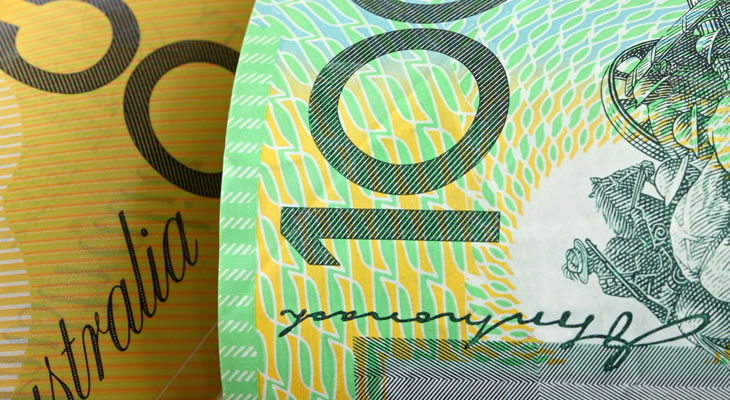The Pound Sterling to Australian Dollar (GBP/AUD) exchange rate softened by around -0.36% on Wednesday afternoon.
Although Britain’s manufacturing data improved in March, the headline figure masked a shocking lack of productivity growth; the weakest since the second world war in accordance with the Office for National Statistics (ONS). Additional Sterling declination can be attributed to ongoing political uncertainties as we approach May’s general election.
The Australian Dollar, meanwhile, edged lower versus most of its major peers as a result of dampened market sentiment amid tensions in Europe. A slump in iron ore prices is also weighing on demand for the high-yielding ‘Aussie’ (AUD).
The Pound Sterling to Australian Dollar (GBP/AUD) exchange rate is currently trending in the region of 1.9405.
Pound Sterling (GBP) Exchange Rate Softens on Political Unease
Given that the forthcoming general election is considered to be the closest fought in modern political history, it is perhaps unsurprising that political uncertainty is hindering investor confidence. With the increasing likelihood of a hung parliament the potential for a dramatic change in policy has increased significantly.
The Pound also softened considerably after the ONS indicated that, under the coalition government, British productivity growth is at its weakest since the Second World War. ‘These estimates show that the absence of productivity growth in the seven years since 2007 is unprecedented in the post-war period,’ the ONS said.
‘Productivity [growth] has still not even returned to its long-run average rate of about 2%, let alone recouped any of the shortfall relative to its pre-crisis trend,’ said Vicky Redwood, UK economist at Capital Economics.
The Pound Sterling to Australian Dollar (GBP/AUD) exchange rate dropped to a low today of 1.9385.
Australian Dollar (AUD) Exchange Rate Edges Lower on Iron Ore Price Slide
With market sentiment significantly dampened amid geopolitical tensions in Europe, the risk-correlated ‘Aussie’ softened versus most of its major rivals. Even relatively positive data out of China wasn’t enough to improve demand for the South pacific asset.
Additional declination can be attributed to a significant slump in oil prices as demand from China eases. ‘Ore with 62 per cent iron content at Qingdao, China, sank 28 per cent since the start of the year, according to daily data from Metal Bulletin. The raw material retreated to $US51.35 a dry metric ton on Tuesday. That’s the lowest since 2004-2005, based on data from Metal Bulletin and annual benchmarks compiled by Clarkson, the world’s largest shipbroker,’ stated Elise Shaw writing for Financial Review.
Pound Sterling to Australian Dollar (GBP/AUD) Exchange Rate Forecast to Hold Losses
Given the lack of domestic data to curb the trend, and with political uncertainties weighing heavily on demand for the British asset, the Pound Sterling to Australian Dollar (GBP/AUD) exchange rate is likely to hold losses for the remainder of the European session.
Thursday ought to see heightened GBP/AUD volatility with Australian Trade Balance data and British construction data due for publication.
The Pound Sterling to Australian Dollar (GBP/AUD) exchange rate climbed to a high of 1.9542 today.

